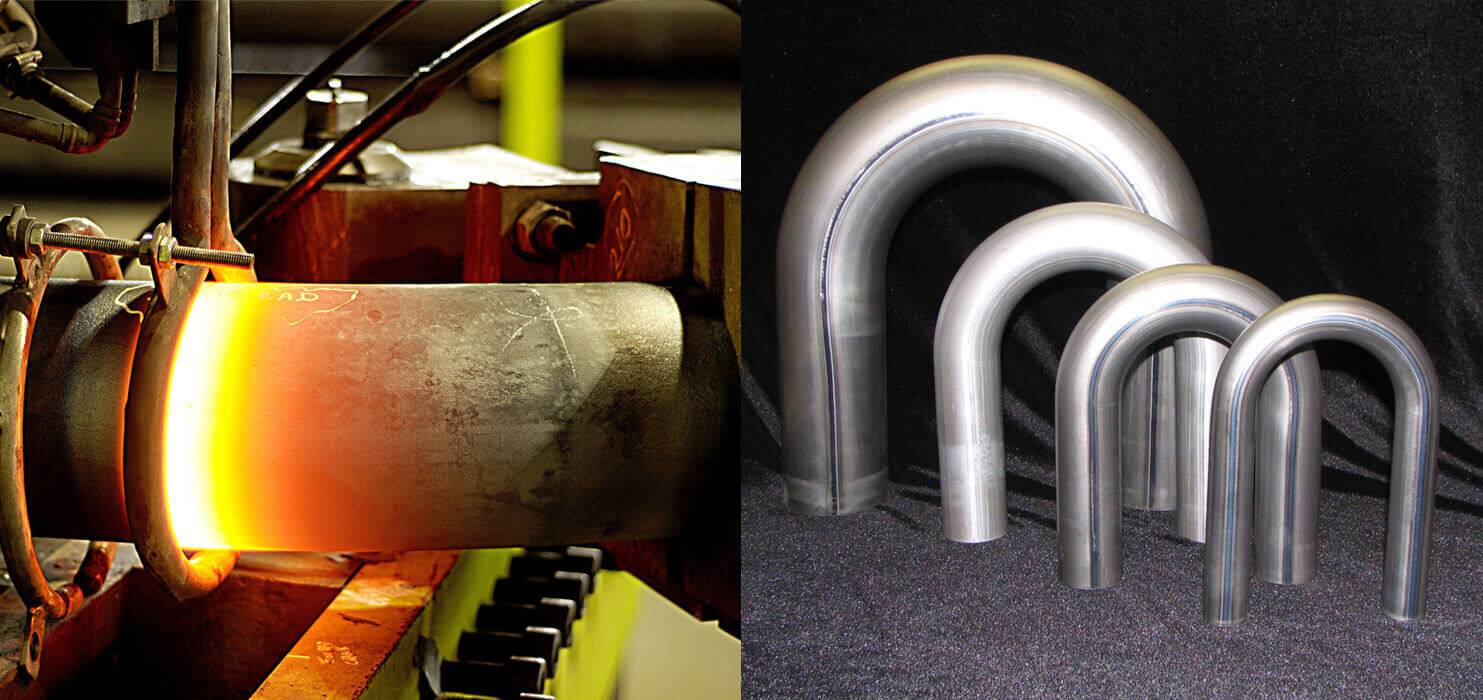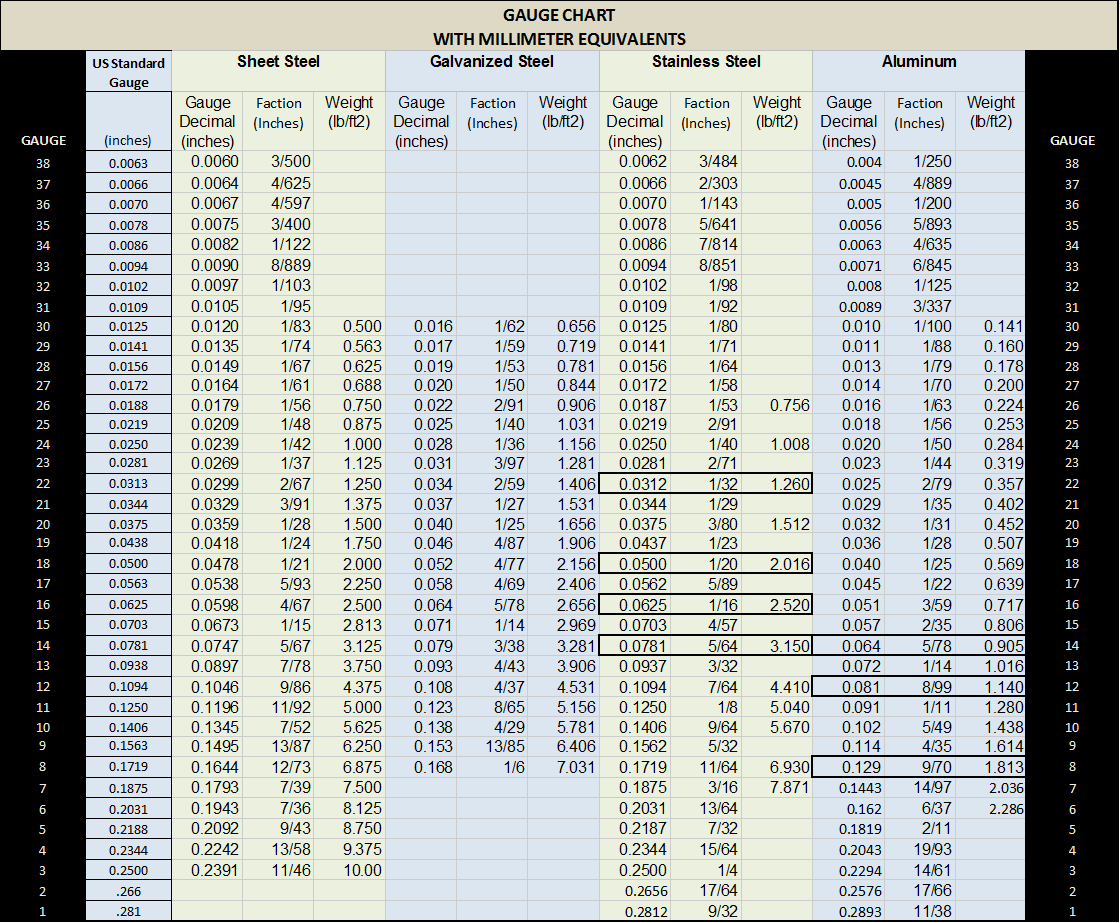Since commercial sheet metal bending can be done with less concern for stresses caused during forming operation the radius can be near zero for thin sheet metal.
Minimum bend radius 304 stainless steel sheet.
The tables below show bend radii and minimum bend sizes for materials and tooling combinations stocked by protocase.
Use the minimum bend dimension values in the charts below for your minimum closeness of cutout to a bend.
Divide 50 by the material s reduction percentage as specified by the material supplier subtract by 1 and then multiply by the plate thickness.
Making a custom metal form using sheet metal is a surprisingly delicate process.
Discover all our calculation tools in the calculators section of the top menu.
It is possible to choose other bends if you require but additional lead time and tooling charges may apply.
This tool allows you to determine tonnage internal radius v die opening and minimum flange you just have to insert the characteristics of the sheet metal to be bent.
18 8 type 302 020 063 063 063 063 063 063 063 063 063 025 094 063 063 031.
Specifing a bend radius from here will help prevent hair line cracks.
So i am looking for the parameters for 304 ss that will have the same outcome.
Aluminum is less forgiving than cold rolled steel or stainless steel.
The tool can calculate the required bending force for bending aluminum stainless steel mild steel and weldox or strenx high strength steels.
Sheet metal bend radii if these guidelines are not followed more research and or some form of analysis may be requried.
Recommended minimum bend radii for steel and aluminum.
Material bend radii and minimum bend size charts please note.
The minimum bend radius data shown in these charts is measured to the inside of the bend.
For thin gauges 063 and less 1 2 the material thickness for simple bends of 90 degrees or less is acceptable.
For hems a bend of 180 degrees it s highly desirable to use at least one material thickness for most alloys in this size range and essential for aluminum.
And by that i mean the cut out prior to bending comes out to the right size.
You described a rough rule to find a steel s minimum bend radius.
The bend radii listed are standard minimum if manufacturing for aircraft and aerospace applications.
In a previous bending basics article you mention a material s tensile reduction percentage used for calculating the minimum inside bend radius of various metals.
For instance right now in solidworks for say 11 ga sheet metal i use a bend radii of 0 005 and a k factor of 0 275 and that seems to work pretty well when i put the flat views on my prints.








